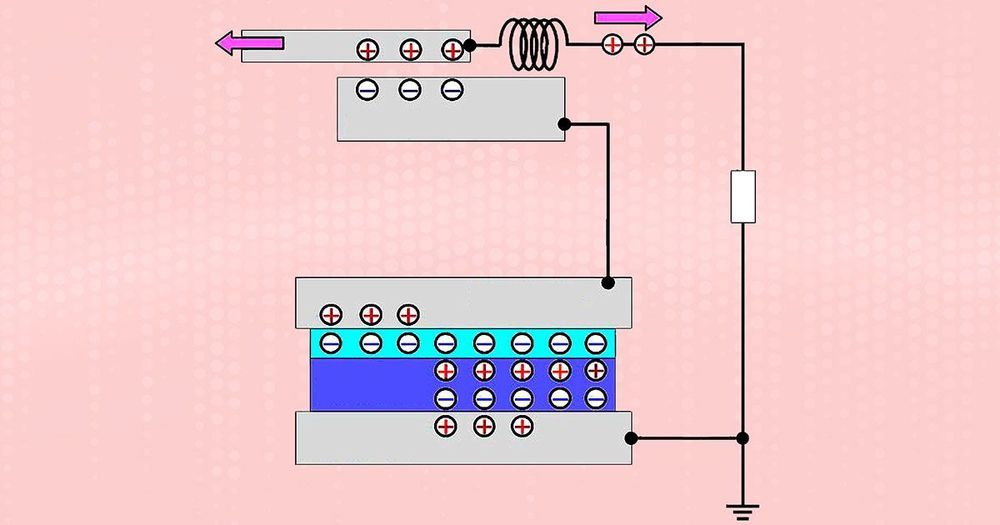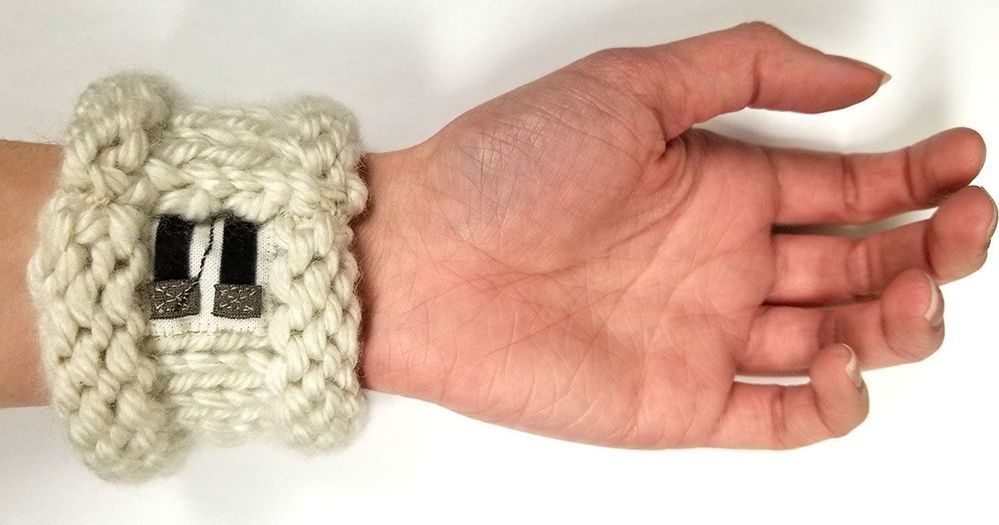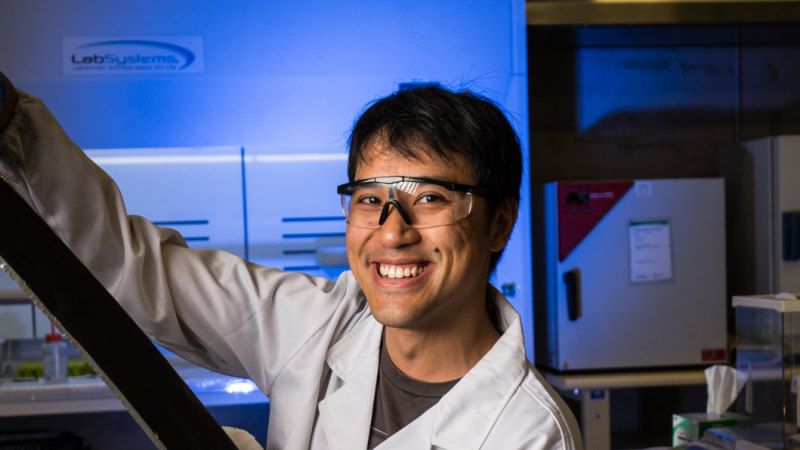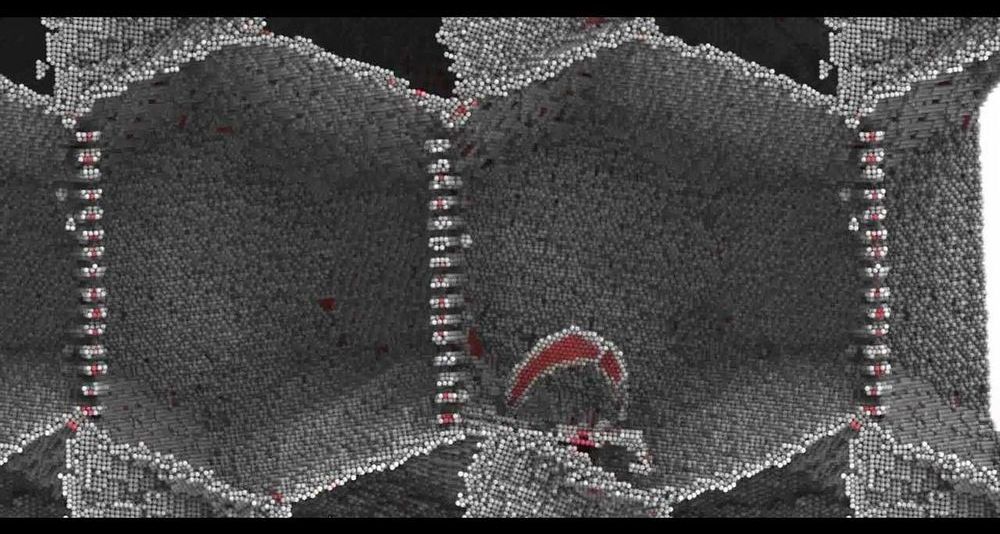Feb 6, 2019
A MEMS Device Harvests Vibrations to Power the IoT
Posted by James Christian Smith in categories: computing, internet
Vibration-based energy harvesting has long promised to provide perpetual power for small electronic components such as tiny sensors used in monitoring systems. If this potential can be realized, external energy sources such as batteries would no longer be needed to power these components.
Scientists at the Tokyo Institute of Technology and the University of Tokyo in Japan believe they have taken a step toward achieving self-powered components by developing a new type of micro-electromechanical system (MEMS) energy harvester. Their approach enables far more flexible designs than are currently possible— something, they say, that is crucial if such systems are to be used for the Internet of Things (IoT) and wireless sensor networks.
Scientists in Japan have developed a MEMS energy harvester charged by an off-chip electret.
Continue reading “A MEMS Device Harvests Vibrations to Power the IoT” »


















